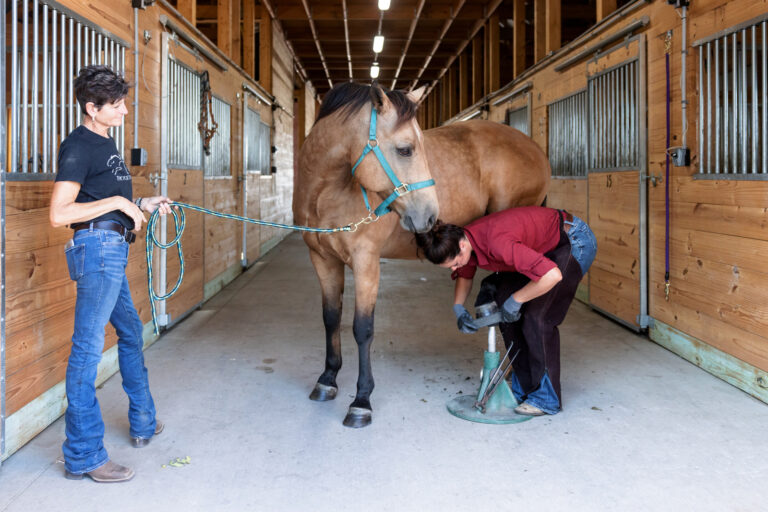
CMFC is associated with an increased likelihood of the horse not being in ridden work at long-term follow-up.
This retrospective cohort study aimed to document the occurrence and significance of chondromalacia of the cranial medial femoral condyle (CMFC) in adult horses with stifle lameness. The research article is titled Chondromalacia of the cranial medial femoral condyle; its occurrence and association with clinical outcome in a population of adult horses with stifle lameness and was authored by A. K. Croxford, R. A. Parker, J. H. Burford, D. Lloyd, J. C. Boswell, T. K. Hughes and T. J. Phillips.
Medical records and arthroscopic surgical videos were reviewed from horses with unilateral or bilateral lameness localized to the stifle that subsequently underwent arthroscopy of the cranial medial femorotibial joint at a single equine referral hospital between 2009 and 2014.
The arthroscopy video recording for each was reviewed by three board-certified surgeons for the presence or absence of CMFC. Surgical intervention and post-operative rehabilitation varied based on the pathology and surgeon preferences. Regular exercise was not resumed for at least 6 months post-surgery. Follow-up information was obtained through telephone conversations with owners, with a satisfactory outcome being defined as a horse being in ridden work without requiring ongoing anti-inflammatory medication.
A total of 104 horses were included in the study; 79 (76%) had CMFC, of which 54 had CMFC in combination with other pathology and 25 had CMFC alone, and 25 (24%) had other pathology.
At 12 months, 62 (59.6%) horses had a satisfactory outcome. The only variable that showed any significant effect on outcome was CMFC; with horses with CMFC being 9.9 times more likely to have an unsatisfactory outcome at the 12-month follow-up period compared to those without CMFC.
Bottom line: CMFC is associated with an increased likelihood of the horse not being in ridden work at long-term follow-up.




